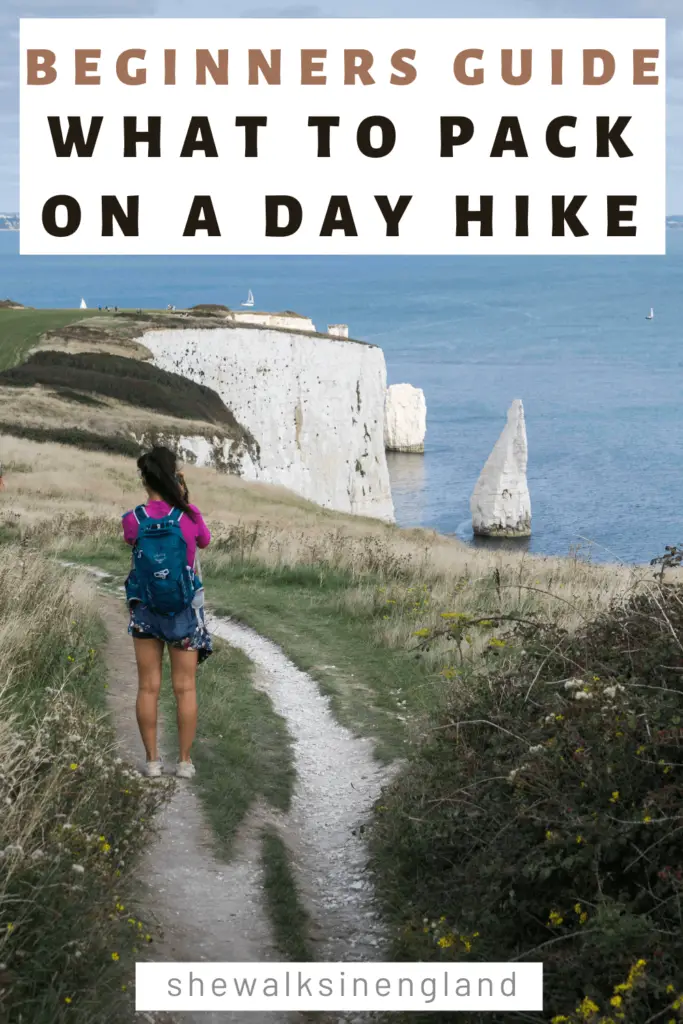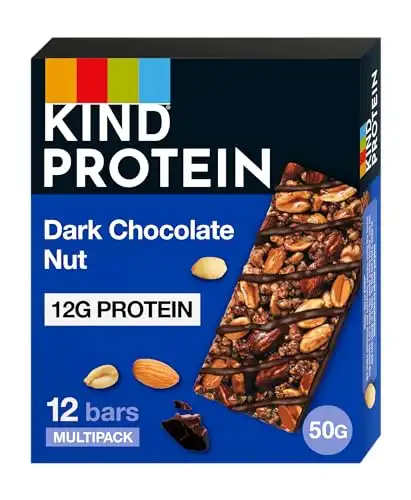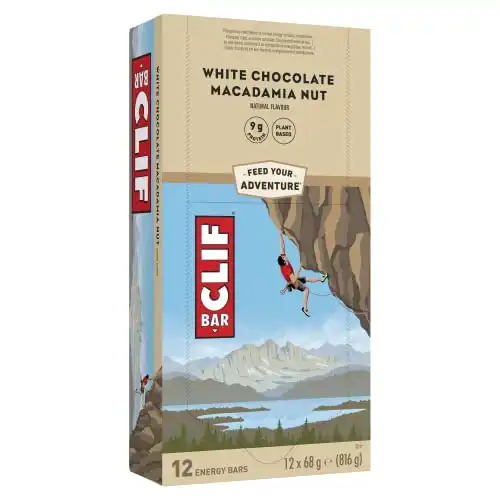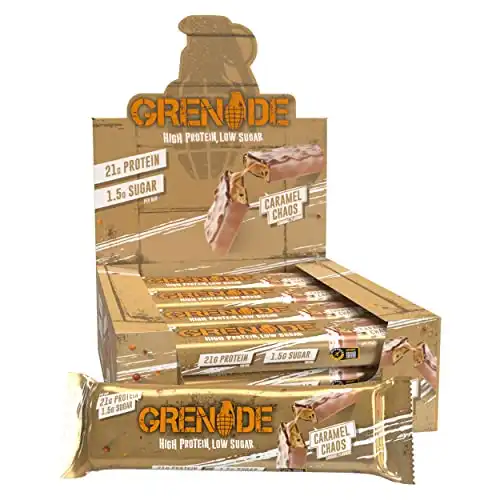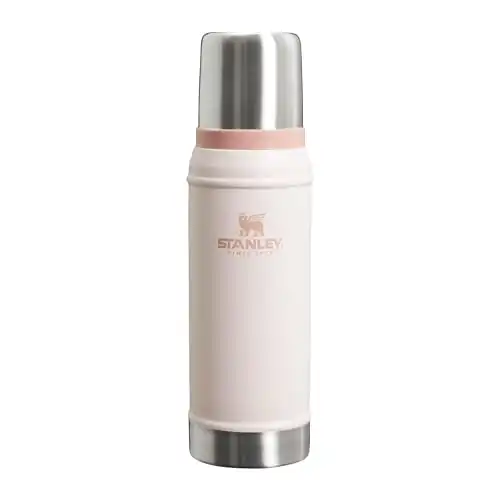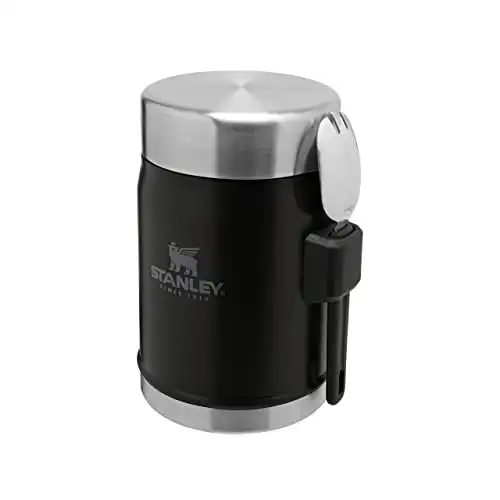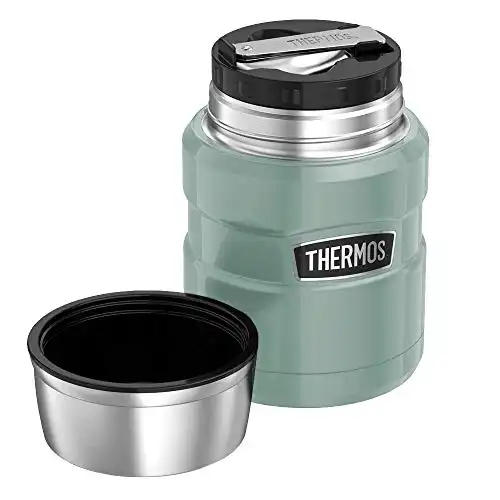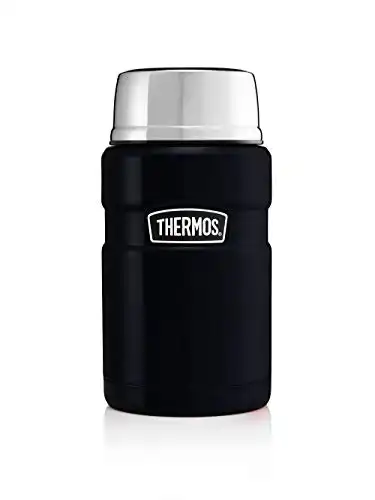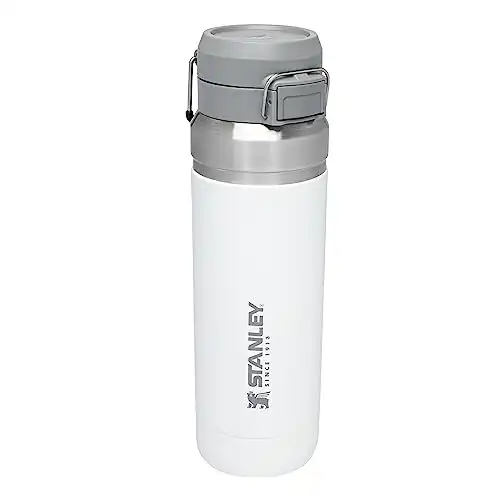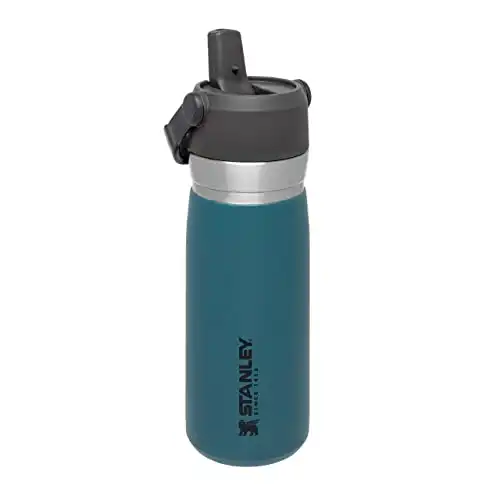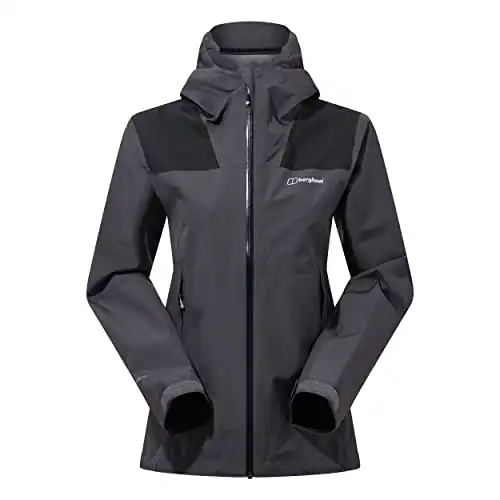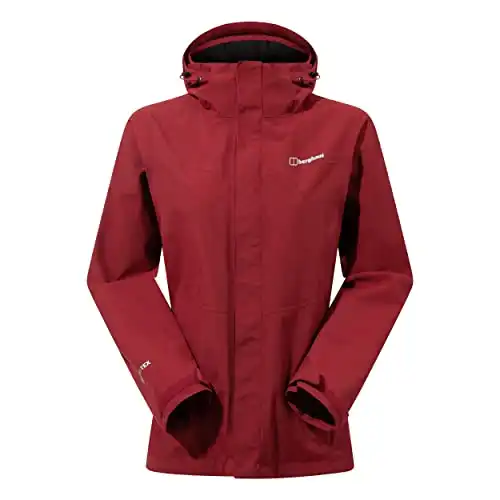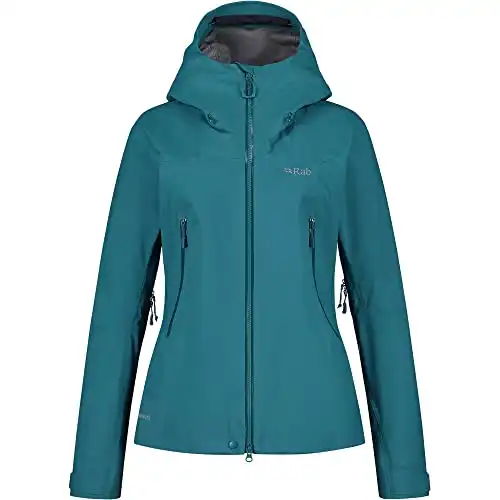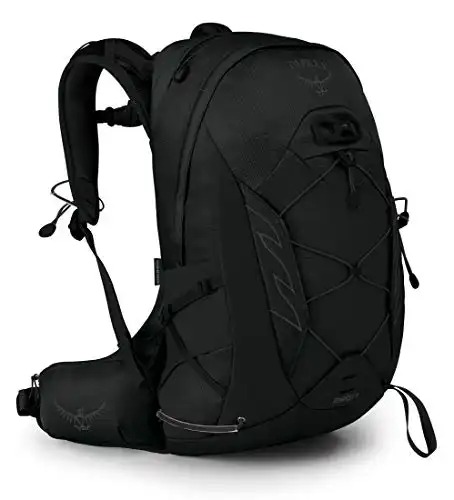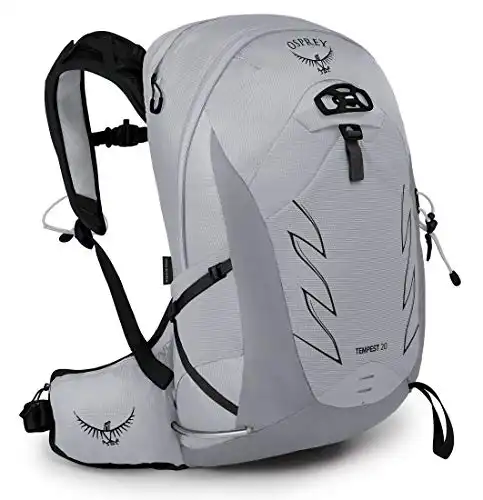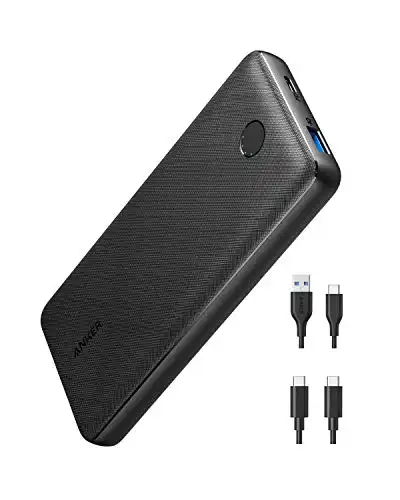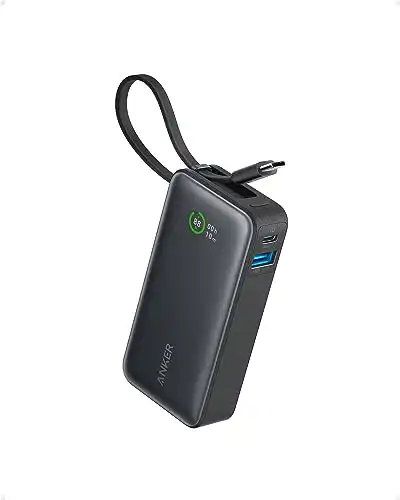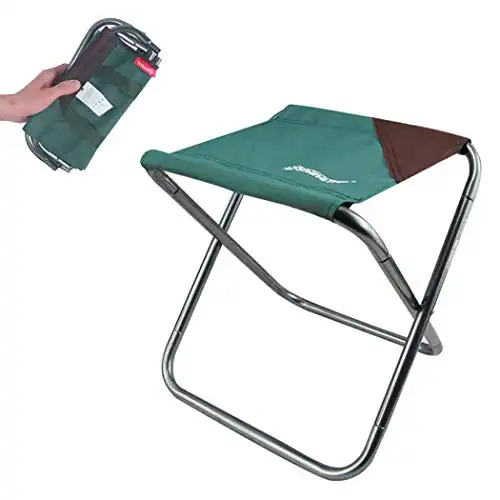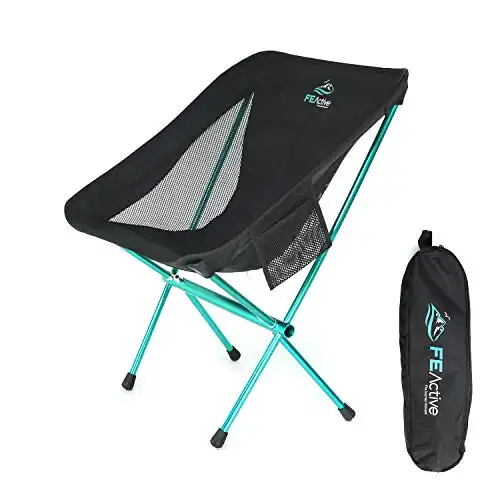If you are planning a day hike, what you pack can mean the difference between a great day out and a miserable existence. When I go out on a hike, there are a few essentials I always pack, and then there are the non essentials, but recommendations based on location and weather.
This list is based on hiking around England (or similar). There are a few areas in the north that are more remote and will require more vigilance, but for the most part, England is not the wilderness, so if you forget things, and find yourself in a pickle, don’t panic.
What to pack on a day hike: Beginners guide
I will start with the essentials to pack on a day hike, then move onto non essentials. Covering 17 points. This is all based on my experience, and what I have learnt over the years when hiking.
I will also tell you about products I use or recommend. At the end, I have provided a quick glance packing list, so you don’t need to scroll back too much – Subscribe at the end of the page to receive a downloadable packing checklist.
Just a note. This is a not what to wear guide, and is purely what to pack in your backpack. For what to wear, you can find that on this guide here.
This post uses affiliate links. As an Amazon Associate, I earn from qualifying purchases. You can read the privacy policy or Disclaimer for more info.
Essentials to pack for a day hike
1) Food and snacks
The food I always pack for a day hike is some sort of energy bar, nuts, dried fruit or banana. I buy energy bar multipacks to keep at home, so I always have something to take with me. I also pack more than I think I will need, just in case.
They are a great way to fuel up quickly, and won’t feel heavy on the stomach. I like to experiment with different bars. It keeps things exciting.
I really love the Kind Protein dark chocolate nut bars. It feels healthier, but also tastes great. I also quite enjoy the Grenade bars. Usually I wouldn’t have gone for them, as the packaging is a bit aggressive for my taste, but I picked one up from a shop once and really enjoyed it. I have since experimented with a few flavours. A popular bar is Clif. I have never tried them, but I always hear a lot about them.
|
|
|
| I'm a big fan of these bars. They also cater to my healthy side. | These are quite well rounded energy dense bars. Perfect to pack for keeping your energy levels up when out day hiking. | I also enjoy these bars as they are quite reminiscent of chocolate bars. They are lower in carbs, so might not give you quite as much energy for hiking as the Clif bars, but I have always found them sufficient. |
- 12 bars per pack
- Plant based
- No artificial colours or preservatives
- 12 grams of protein per bar
- High Fibre
I'm a big fan of these bars. They also cater to my healthy side.
- 12 bars per pack
- Plant based
- 11g protein per bar
- Nutrient dense
These are quite well rounded energy dense bars. Perfect to pack for keeping your energy levels up when out day hiking.
- 12 bars per pack
- 21g protein per bar
- Low sugar
I also enjoy these bars as they are quite reminiscent of chocolate bars.
They are lower in carbs, so might not give you quite as much energy for hiking as the Clif bars, but I have always found them sufficient.
For your main food, there are so many options, and it also depends on what you like. It can be something as simple as a sandwich, or leftovers from dinner, or even freeze dried food pouches.
If I’m using tupperwear for my main food and it’s a very hot day, I tend not to take anything meat based, as by the time I eat it, it will have been sat warm in my backpack for some time.
I now own a good flask (we will discuss this in a minute), but what I sometimes used to do is stick a freezer block at the bottom of my bag, with the tupperwear on top, to keep the food from going bad. Now, I’m not saying I recommended this. I guess it’s more of a hack if you don’t have good food storage gear. It is certainly not the best way to do things.
If it’s a very cold day, then you are basically walking in a fridge, so you don’t have to worry too much about the food going bad.
2) Food Container – Flask/tupperwear
Now, all this faff can be avoided with a good thermal flask, which acts to keep both the cold or the heat in.
Stanley is a good brand, and their classic flask keeps food hot or cold for up to 20h. Their thermos food jar doesn’t have temperature retention for quite so long, but it comes with a spork which is always a win. It is a premium brand, so is a little spenny.
Another good brand is Thermos. These are cheaper than Stanley, but still excellent. I own two of them in different sizes. This 0.47L flask, which also comes with a spoon in the lid. When out day hiking, I sometimes find it’s not large enough for my hunger needs, so I always have snacks as well. I also have this 0.7L flask, which doesn’t come with a spoon, but I can have more food.
| | | £25.00 | £28.99 |
|
|
|
|
|
|
|
|
- Keeps liquid hot or cold for up to 20h.
- Leak proof
- Dishwasher Safe
- BPA free
- High grade food quality stainless steel
- Lifetime warranty.
- No cutlery included
- More suited to soup/liquids.
- Expensive
- Comes with a spork
- Leak proof
- Dishwasher safe
- BPA free
- High quality stainless steel
- Lifetime warranty
- Only keeps food hot/cold for up to 7h (still pretty good though).
- Small
- Not as many colours to choose from
- Expensive
- Keeps food hot for 9h and cold for 14h
- Comes with full sized folding spoon attached inside the lid.
- Leakproof
- Lid can be used as a bowl
- Dishwasher safe
- BPA free
- High quality stainless steel
- Good value
- Only comes with 5 years guarantee
- Slightly small. If you are out being very active, you might want a bit more space.
- Keeps food hot for 9h and cold for 14h.
- Leakproof
- Lid can be used as a bowl
- Dishwasher safe
- BPA free
- High quality stainless steel
- Good size
- Good value
- No cutlery included
- Only comes with 5 years guarantee
If you want to stick with tupperwear, then avoid glass tupperwear as it’s quite weighty. Also, make sure it has a good seal to avoid leakage. Sistema is a good brand for that. I have a couple of these and I’m very happy with them.
- Leak proof
- BPA free
- Dishwasher, freezer, and microwave safe
3) Water
It is important to stay hydrated when out on a day hike, so make sure you pack enough. How much is enough is very weather dependant. You will need a lot more if out hiking on a very hot day, compared to the winter. This can take a bit of trial and error, whilst learning your needs.
For beginners, just pack more than you think you will need on a day hike, and learn from there.
I am still leaning how to master this one. I’m a chronic under packer of water. A good example of this, is when I did the Devils Dyke hike. I will admit that this was not the last time I didn’t take enough.
Ideally you want something leakproof. The last thing you want is liquid spilled all inside your bag. You will have to spend a bit for it though. Truly leakproof doesn’t come cheap. My favourites are the quick flip water bottle and Ice flow stainless steel water bottle from Stanley. Both are dishwasher safe and BPA free.
| This flask from Stanley can carry just over 1L of water. It's fully leakproof, and can keep your drink cold for up to 18h, or 2.5 days if iced! It also comes in a large range of colours so you can pick your fave. | The Stanley Ice flow water bottle is a little smaller at 0.65L, but it does come with a straw for the convenience factor. It can keep liquids cold for slightly less time, at 12 hours. Although, that's more than enough time for a day hike. |
This flask from Stanley can carry just over 1L of water. It's fully leakproof, and can keep your drink cold for up to 18h, or 2.5 days if iced!
It also comes in a large range of colours so you can pick your fave.
The Stanley Ice flow water bottle is a little smaller at 0.65L, but it does come with a straw for the convenience factor.
It can keep liquids cold for slightly less time, at 12 hours. Although, that's more than enough time for a day hike.
4) Extra layers including waterproof
Layering is a key component when it comes to hiking. I talk a lot more about this on my what to wear guide. However, even when it’s not supposed to be cold, I will always pack some layers on a day hike, for the unexpected weather changes.
Being too hot or too cold is not so fun, so by layering, you can regulate your body temperature throughout the hike. Your clothing needs will likely change a few times, based on wether you are walking uphill, downhill, sitting down, in a valley or on top of a hill.
Read more: Ultimate guide on what to where when hiking in the cold
Waterproof
95% of the time I pack a waterproof jacket on a day hike, even if it’s summer and there is no rain forecast, and this is for three reasons:
Weather changes. If you are hiking in England, you will probably at some point experience this on a hike. Where the weather isn’t what it said it would be. Some great hiking areas, are also known to have very unpredictable weather, which can change without warning.
The second reason, is that all waterproof jackets are also windproof. The wind can make a seemingly lovely warm day, feel like death.
The third reason, is that even if it doesn’t end up raining or being windy, I can use it as something to sit on.
Here are a few waterproof jackets I recommend:
| This is the lightest level or Gor-Tex protection. It's still waterproof, but if you think you will be hiking a lot, and may encounter lots of heavy rain in the future, I would go with one of the others. This jacket would be good if you are more of a summer hiker. | Made of 2 layer Gor-Tex. This jacket is a very good all rounder choice and can be used comfortably in the great outdoors, as well as the city. | This jacket uses 3-layer Gor-Tex which gives it added durability. Due to this, it will be a lot stiffer, and probably won't feel as 'comfy' as the others. But this does give you the highest level of protection. A jacket like this works best if you use the layering system underneath. If you plan to do a lot hiking in the future, maybe some mountains, then I would invest in something like this. |
This is the lightest level or Gor-Tex protection. It's still waterproof, but if you think you will be hiking a lot, and may encounter lots of heavy rain in the future, I would go with one of the others.
This jacket would be good if you are more of a summer hiker.
Made of 2 layer Gor-Tex. This jacket is a very good all rounder choice and can be used comfortably in the great outdoors, as well as the city.
This jacket uses 3-layer Gor-Tex which gives it added durability. Due to this, it will be a lot stiffer, and probably won't feel as 'comfy' as the others. But this does give you the highest level of protection.
A jacket like this works best if you use the layering system underneath.
If you plan to do a lot hiking in the future, maybe some mountains, then I would invest in something like this.
Budget: Berghaus Womens Paclite waterproof jacket
Mid Range: Berghaus Women’s Hillwalker Gore-Tex waterproof jacket
High End: Rab Women’s Kangri Gore-Tex waterproof jacket
Sometimes I will pack waterproof trousers, but this is very time of year/weather dependant. If I’m positive it will not rain, then I don’t bother with them……This hasn’t always worked in my favour though.
Read more: Top tips for hiking in the rain
5) First aid kit
A first aid kit will come in handy for any injury you may incur. Now, I must admit, I have never once on a day hike, packed a first aid kit. That doesn’t mean I haven’t needed one. Because I have. My legs seem to be particularly attracted to barbed wire. What’s the saying, ‘do as I say, not as I do’.
Although I have never taken one with me, I have put this in the essential list of what to pack for a day hike, because it’s better to have it and not need it, than to need it and not have it.
This is a good one, specific to hiking/being outdoors. If I ever decide to buy a first aid kit, this is the one I will buy.
6) Hand Sanitiser gel
I can’t tell you how many times I have needed this when out on a hike and not had it. Remember, you are unlikely to find anywhere to wash your hands when out there.
Hand sanitiser is super handy for cleaning up if your hands have got dirty, or you have gone to the toilet etc. Then you can eat feeling clean.
7) Emergency foil blanket
Emergency foil blankets are designed to keep your body heat in. Let’s say you got injured and need to wait for help. You can wrap this around you to help prevent yourself getting too cold.
Something like this can be lifesaving if you find yourself in this situation when hiking somewhere more remote in the colder months.
These pack up super small, so you can leave one in your backpack, ready for you if you ever need it.
8) Pocket tissue
This can be a proper packet of pocket tissue, or some of your loo roll from home. Something to wipe up with/blow your nose/use for a wilder-wee, you get the picture.
9) Rubbish bag
You don’t need anything crazy, just a simple ziplock bag or similar to put any of your rubbish in. Lets say you go for a wilder-wee, and you used tissue. You now need somewhere to put that tissue.
10) Backpack
This is a no brainer. You will need to take a backpack for carrying your things in. Now, the type of backpack you take is the important part. I would invest in a good hiking backpack, not a ‘fashion’ backpack. They are designed with hiking in mind. For comfort, breathability, and storage.
My favourite brand for backpacks is Osprey. I have a few different sizes based on the situation. I find they fit beautifully for ultimate comfort, are functional and practical with good storage sections, and breathable on the back. If you are out on a day hike in the winter, I would use a slightly larger backpack. In the summer, you can use a smaller backpack.
The backpacks I recommend are:
| This is good for summer hiking. You can't fit a hole tonne in it, so you might want something bigger for hiking in other seasons, where you will need to take a bit more gear out with you. | This one is larger, so is good for those winter/colder day hikes. To carry all the extras. |
This is good for summer hiking. You can't fit a hole tonne in it, so you might want something bigger for hiking in other seasons, where you will need to take a bit more gear out with you.
This one is larger, so is good for those winter/colder day hikes. To carry all the extras.
11) Battery power bank
I always always pack a power bank on a day hike. Maybe it’s because I have an iPhone, and where my iPhone goes, my power bank goes.
I have tried a number of power banks over the years, and my favourite is anything from Anker I find they last the longest, and give me more charges.
If you use your phone for navigation (or for taking wonderful photos), or if it’s a very cold day, then the battery will drain much quicker, so you want to make sure you can replenish it.
You want to make sure you are always charged up incase of emergencies, and you need help. They are small and lightweight, and I have never felt mine is too bulky on a hike, but if you want to get your weight down even more, you can get the Nano Power bank.
| This power bank has a 20,000mAh capacity (basically means you will be able to charge your phone lots of times). For example, you can charge an iPhone 12 5x with it. It has a 20w USB-C port for fast charging, as well as a USB port so you can charge multiple devices. It also comes with 18 month warranty. | This one has a smaller capacity at 10,000 mAh, so you won't get as many charges with it. On the plus side, it's much smaller and lightweight, which is more desirable for hiking. It also has a USB-C charger integrated into it, with a separate USB port. |
This power bank has a 20,000mAh capacity (basically means you will be able to charge your phone lots of times). For example, you can charge an iPhone 12 5x with it.
It has a 20w USB-C port for fast charging, as well as a USB port so you can charge multiple devices.
It also comes with 18 month warranty.
This one has a smaller capacity at 10,000 mAh, so you won't get as many charges with it.
On the plus side, it's much smaller and lightweight, which is more desirable for hiking.
It also has a USB-C charger integrated into it, with a separate USB port.
12) Navigation
I’m a little naughty in that I almost never pack a map and compass on my day hikes in England. This is for a number of reasons. As I mentioned earlier, (most of) England is not the wilderness. If you get lost, just keep walking, and you will come across some sort of civilisation.
I use my phone for navigation. This is why I always have a battery power bank. I also make sure to load my map before heading out, so that if signal goes, my maps still work. I have tried many apps, and my favourite is AllTrails.
Now I’m sure ‘proper’ hikers will say that I’m stupid for relying on my phone. But I’m ok with that. Having a map and compass does act as a good backup though, if your phone fails. You can get a compass and map bag duo, which will protect your map from the rain.
Non essentials to pack on a day hike
13) Sunscreen and sunglasses/cap
Sunscreen isn’t essential to pack on every day hike, but for some it is. Now, I am talking specifically about taking it in my backpack with me, not just putting it on before I go out.
There are two situations where I always pack sunscreen on a hike. In the summer, and on a coastal hike. The summer is the obvious one, but it’s the coastal hikes that get you. Some of the worst burns I have got are when hiking along the coast path on a cloudy overcast day.
I tend to prefer spray on sunscreens for the body. Something about the application not being so laborious. I personally will always use a 30 or 50 factor.
There was a time in my life, where I used every opportunity I could to tan, so would go as low as possible on the factor. I guess when you get older, your priorities change.
Sunglasses and caps are similar in that they are handy to pack if you are hiking in the summer, or along the coastline.
14) Some kind of light
You might plan to be out hiking during the day, but sometimes hikes take longer than expected, so make sure to pack some sort of light, incase darkness hits. If you have a smart phone, then you probably have a torch on it, however, I wouldn’t rely on this.
I have found myself in darkness a few times, but the phone torch hasn’t been good enough. The creepy tunnel on the Drakes Trail comes to mind.
Head torches are great for this. Apart from being a stronger light, you can attach it to your head and be handsfree.
This head torch is rechargeable, waterproof, and has a massive 30h running time.
I have put this one in the non essential list of what to pack for a day hike, because you can use your judgement here. If you are heading out on a short hike, early in the day, not far from civilisation then you will unlikely need one….unless you do the Drakes Trail that is.
15) Portable chair
Now, a chair is definitely not essential to pack for a day hike, but it does add that extra bit of comfort. It’s especially useful if the ground is wet or muddy when you want to take a break.
I have absolutely had instances when out on a hike, where I’ve been ready for lunch, but couldn’t find anywhere suitable to sit. Which led to me putting off eating until I found somewhere. Usually by that point, I am ready to eat my arm.
If you want to keep as light as possible, this mini portable stool does the job. If you’d like something a bit more comfortable, then this portable camping chair might be more for you. You sacrifice a bit on weight though.
| This is the smaller, more lightweight stool. Although it will be lighter to carry out on a hike, it's not going to be as comfortable to use. It is cheaper though. | This stool is bigger, although, it still packs up small and won't add too much weight. It will also be much more comfortable to use. |
This is the smaller, more lightweight stool. Although it will be lighter to carry out on a hike, it's not going to be as comfortable to use.
It is cheaper though.
This stool is bigger, although, it still packs up small and won't add too much weight.
It will also be much more comfortable to use.
16) Insect repellant
Insect repellant is another one of those things that is not essential, but rather, desirable in some situations. If you are planning on hiking in Scotland, anytime other than winter, you will definitely encounter the midges.
You can actually get a midge specific insect repellant.
17) Spare clothes
If you have driven to your hike, then I would recommend packing some spare shoes, or even some spare clothes.
So if you do sweat a lot, get very wet, or your boots have given your blisters, you will be able to change into your dry gear and comfy shoes. Don’t worry about a full change of clothes/footwear if you are using public transport.
Read more: How to keep warm on a cold winter hike
Day hike packing list
Essentials:
- Food + snacks
- Food container – Tupperware/flask +cutlery
- Water
- Extra layers including waterproof jacket
- First aid kit + Emergency foil blanket
- Hand sanitiser
- Pocket tissue
- Rubbish bag
- Power bank
- Navigation system
- Backpack
Non essentials but circumstantial/desirables:
- Sunscreen
- Sunglasses and cap
- Head torch
- Portable chair/stool
- Insect repellent
- Spare clothes/footwear
Final thoughts on what to pack for a day hike
As I mentioned earlier, if you forget something on the list, don’t stress it. Learn for next time. This is how I learnt.
If you do find yourself in a situation on a day hike, where you needed something from this list, but didn’t pack it, you will never forget it again (or in my case, you will still keep forgetting to take enough water).
Pin it for later: What to pack on a day hike – Beginners Guide
